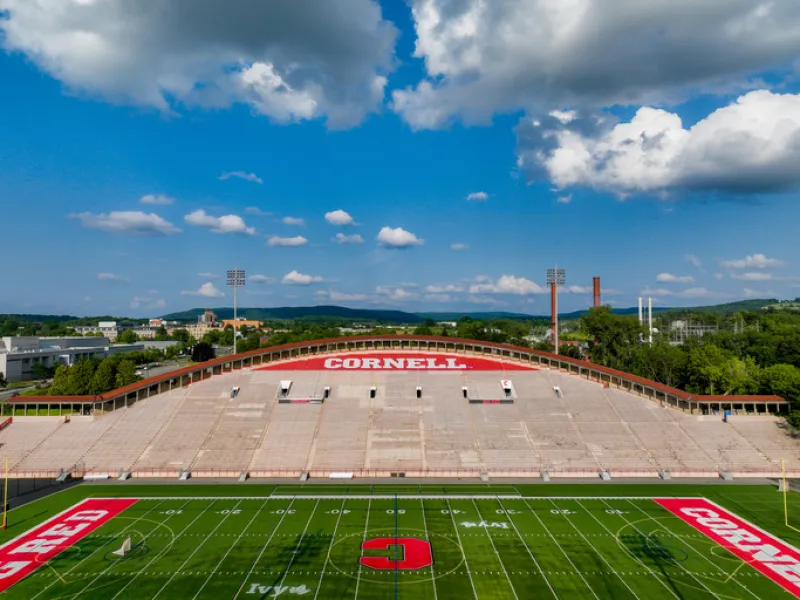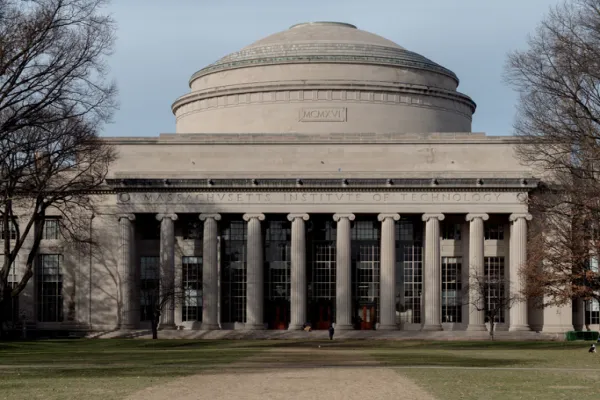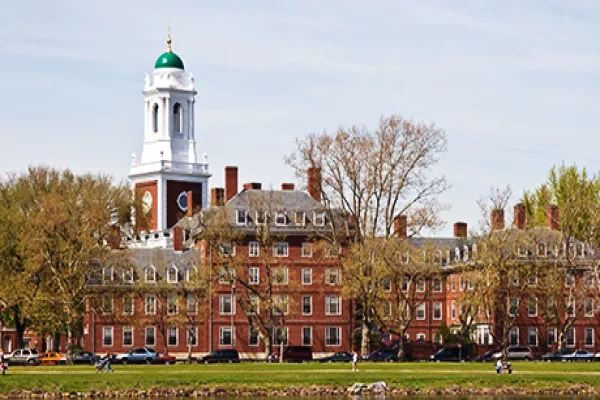The secondaries market has seen rapid growth, thanks in large part to endowments. So, universities like Yale and Harvard are selling off billions in private equity holdings in the booming secondaries market to gain some much-needed cash.
However, one endowment has not been hit by the same liquidity problem. In fact, its investment chief told Institutional Investor that he found the number of secondary sales going on within the endowment space “surprising.”
“I don’t know what’s going on there,” said Ken Miranda, CIO at Cornell University, which has a $10.7 billion portfolio. “We’re not having that situation at all.”
Although all big institutions closely track liquidity, Cornell's investment team doesn't veer from its rebalancing plan for commitments to private equity and other illiquid assets. Many endowments have ended up with too much in private markets as the value of their stock and bond portfolios has fallen — leaving more in illiquid assets than they had to. “We’ve stuck to our guns. We rebalance when we should and have plenty of liquidity,” Miranda added.
This framework lets the team rebalance the portfolio if its positions move too far from preset ranges. If the endowment goes above its target, the team sells part of its position — after waiting to see if there's a self-correction. In the end, Cornell maintains a steady allocation that doesn’t get rattled by global volatility brought about by disruptive events like Liberation Day.
Secondaries Surging
The last four years have seen a tremendous surge in deal volume within the secondaries market, with 2024 posting a record-breaking $160 billion in deals, thanks in large part to endowments and other LPs. And with liquidity anemic, the IPO market shuttered, and M&A activity sluggish, investors are increasingly turning to the secondary market for cash.
While the downside for universities is that there is currently a ton of supply, historically when assets trade within a 10 percent discount, that makes the market efficient. “We’re in good equilibrium with a ton of supply, but the discount rate is right,” said one global secondaries investor, adding that endowments entering the secondaries market “should be able to generate a deal at a reasonable price.”
The investor added that university endowments will handle this “unusual” situation differently, with some issuing debt, turning to the secondaries market, or perhaps even make a deal with the White House to fill the sudden shortfall of lost federal funding.
“That is a seismic shift,” the manager said, adding that these endowments may seek liquidity sooner if they lose their tax-exempt status.
Unlike many of its peers, Cornell's distributions have been larger than its capital calls, an unusual situation among endowments.
Upping the Equity — and Risk
When Miranda joined the endowment in 2016, a little over 40 percent of Cornell’s portfolio was in equity, both private and public, while some of its peers had equity allocations of up to 70 percent. Since taking the helm, the Allocator’s Choice Award finalist has been gradually increasing the portfolio's PE and stock allocation — and its previously low-risk profile. The portfolio is now about 57 percent in equities, which includes private equity.
Miranda has also been “chipping away at” investments he wanted to sell but had inherited when coming aboard nine years ago. These include removing the “unintended bets in the portfolio,” through certain higher beta hedge funds.
The former director of the IMF’s investment office noted that Cornell was the best performing among the Ivy-League schools for the past three years and is looking to maintain the momentum. Cornell’s one- and five-year returns for the fiscal year ended June 30, 2024, were 8.7 percent and 10 percent, respectively. In 2021 the endowment posted a 41.9 percent return.
Like other universities, Miranda is also preparing for a possible endowment tax hike would mean for the endowment. Should Trump’s Big Beautiful Bill Act pass, Cornell is expected to pay closer to the 7 percent tax rate.
“The biggest things we tried to do internally anchor on a very long-term perspective,” Miranda said. “The endowment functions over multiple generations of students, so we need intergenerational equity.”







